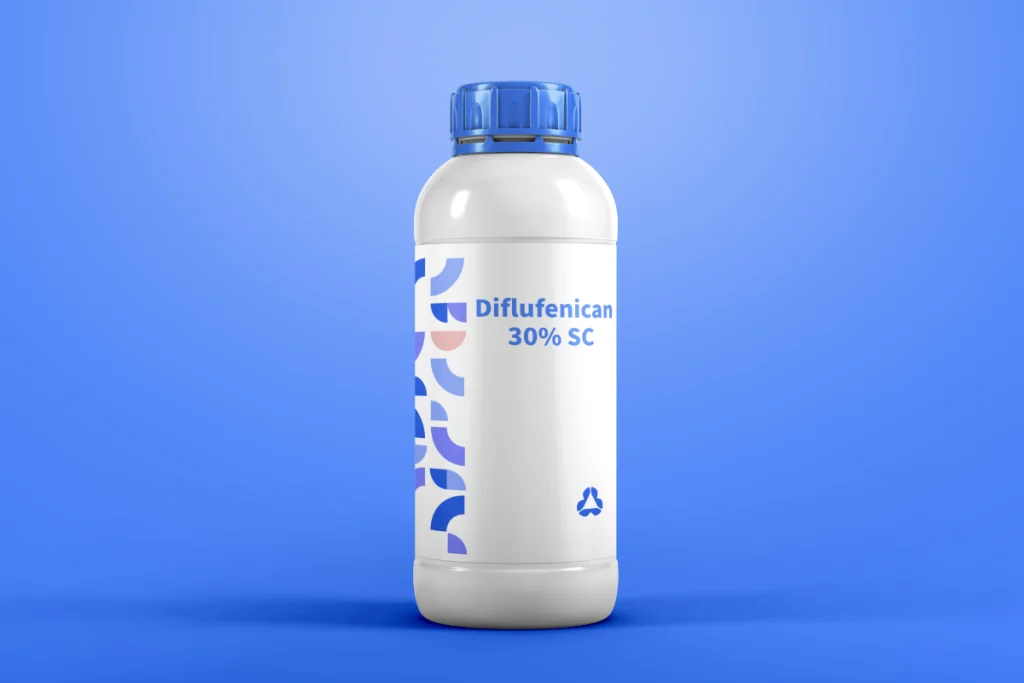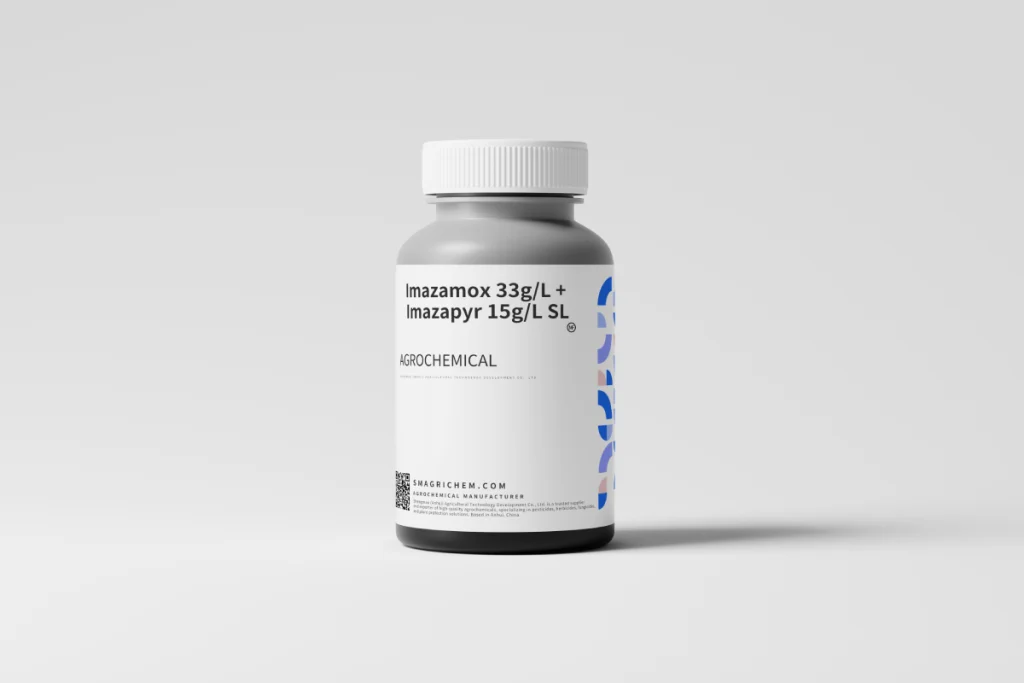Flucarbazone-Na 70% WDG – Advanced ALS-Inhibiting Herbicide for Cereal Crops: A high-potency sulfonylurea herbicide formulated as a water-dispersible granule (WDG), targeting resistant grass weeds in wheat and barley. Known for its low use rate and superior crop safety, it inhibits acetolactate synthase (ALS) to disrupt weed growth at the cellular level .

Diquat 200g/L SL
Active Ingredient: Diquat DibromideCAS Number: 85-00-7Molecular Formula: C₁₂H₁₂Br₂N₂Classification: Non-selective contact herbicide with slight systemic propertiesPrimary Use: Controls broadleaf weeds, grasses, and aquatic weeds through rapid




